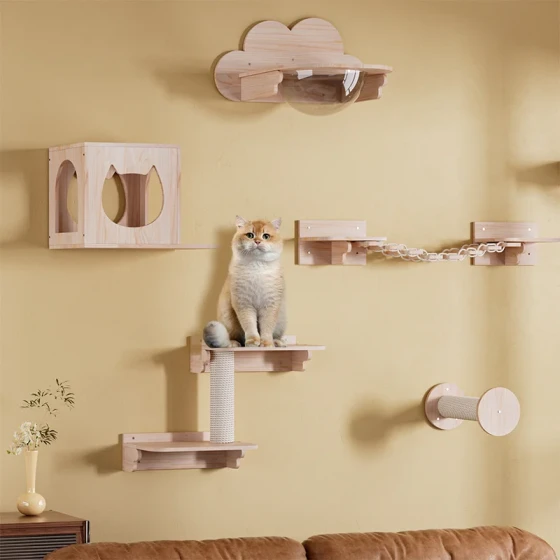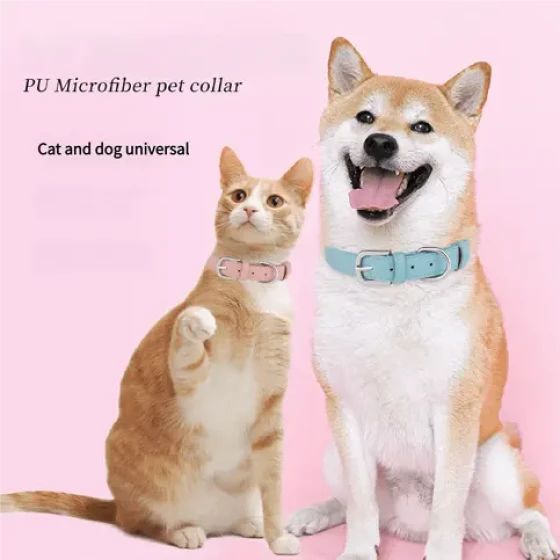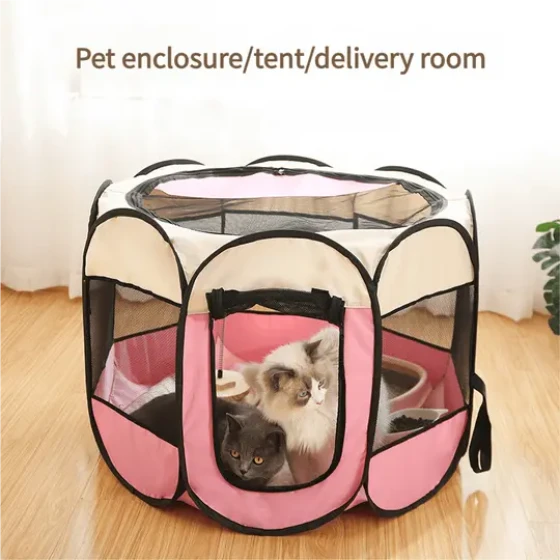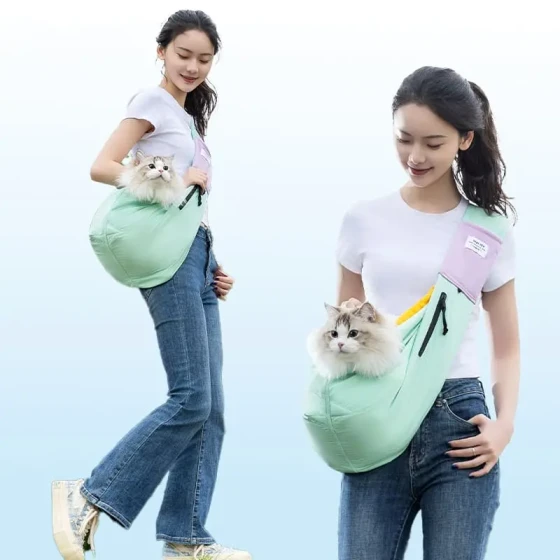How to Choose a Healthy Kitten
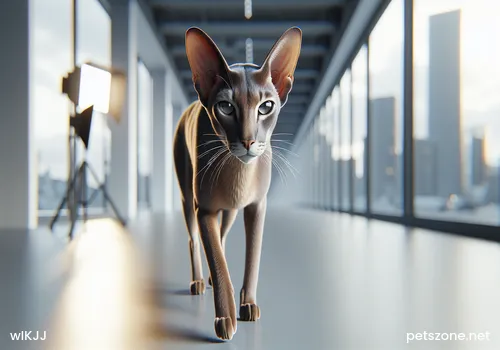
First, choose from offspring with excellent breed, strong physique, and beautiful body shape. Then observe the kitten’s growth condition: whether it is lively and cute, alert, physically strong, has a good appetite, and glossy fur. Do not choose the smallest kitten in the litter (i.e., the weak one) because it is physically weak, grows slowly, is prone to illness, and is hard to raise.
Second, check whether the cat is healthy. Signs of a healthy cat are:
1. Bright eyes, no tears, no discharge, and no inflammation;
2. Clean ears, upright, little or no earwax, and no foreign objects;
3. The area around the mouth should be clean and dry, free of saliva and food, teeth solid, pink, and without ulcers;
4. Smooth fur, soft skin, no bald spots or lumps, and skin is not red;
5. The anus and external genitalia should be clean, with no discharge, and no fecal dirt on the surrounding fur;
6. Strong, developed body muscles, no rashes. Do not choose kittens with runny noses or tears.
A healthy cat is sensitive to its owner's calls or other sounds when quiet, with ears moving back and forth after hearing sounds. A sick or deaf cat does not respond to sounds. When you select a kitten, try calling it to see if it responds. If the kitten is easily startled or snarls, carefully observe whether it is unwell, afraid of the new owner, or not adapted to the new environment.
Third, learn to identify a cat’s age. Generally, kittens begin growing milk teeth in the 2nd–3rd week after birth, by 2–3 months all milk teeth erupt and teeth start to be replaced; by 6 months, all permanent front teeth are fully grown. After 1 year, the lower front teeth start to wear; after 5 years, the canines start to wear; after 7 years, the lower front teeth wear into a round shape; after more than 10 years, the upper front teeth wear into a round shape. Age can also be roughly identified by fur growth and color changes. At 6 months, new fur growth indicates adulthood; at six or seven years, entering middle age, white whiskers appear on the mouth; in old age, white fur appears on the head and back. (Source:PetsZone)
